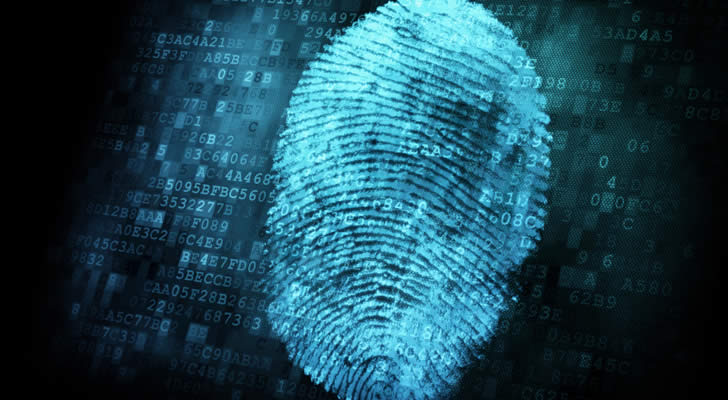Biometrics isn’t a new concept and it has been around for ages. It is associated by “measuring” each individual to define their uniqueness and identity. Each person has different traits, such as brow dimensions, finger size, skull shape and others. However, in the modern digital era, biometrics is used typically for identification and security purposes. Biometric factors that we use nowadays may include iris pattern, hand/fingerprint identification, facial recognition, speech recognition, facial thermography, body recognition, vascular pattern identification and DNA. With iris identification, sensors will be used to capture and scan the formations, shape and size of components make up our iris. This is a reliable type of identification and can’t be falsified easily. Fingerprint recognition is probably the most popular types of biometrics and it has been integrated not only machines, but also laptops and smartphones, such as Apple’s TouchID sensor. Hand recognition is a less common approach, but each person has different length of fingers, knuckle distances and other combinations of factors. Facial recognition should be very to understand and our own eyes could easily identify differences in facial structure.
Speech recognition is often used in modern, digital era, because each person has different pitches and other speech characteristics. Vascular identification doesn’t really require us expose our blood circulation system, we could only need to place our hand on a sensor and the equipment will scan blood vessels inside our hand. Each person has different blood vessel branching angles and thickness on their hands. Body recognition is also an important thing to acquire and machines could detect our body posture and the unique way we walk. Special software could analyze our physical structure and the machine could produce some unique signatures. Biometrics data are also essential in the law enforcement field and it could make it easier to identify people. The most common way is by identifying fingerprints, which can be converted into digital forms. Once we know the actual identity of a person, it would be much easier to immediately gather additional information, such as name, address, criminal records and other details.
Obviously, there are concerns associated with biometrics technology. In general, biometrics information can be converted into digital format and it is vulnerable to abuse. It is perfectly possible for steal biometrics data and they can be sold to nefarious individuals. While it is easy to change our text-based passwords, there are no ways to replace our iris, facial structure and fingerprint if they are compromised. It is possible to fool biometrics machine by feeding them with digital information of our biometrics data. For this purpose, we should make sure that we use only highly secure biometrics implementation. Once systems capture our biometrics information, it should be stored in chips, instead of common storage media, which can easily be stolen for different purposes. It is very important for us to make sure that biometrics are really secure and not become something that directly harm us in different areas.

